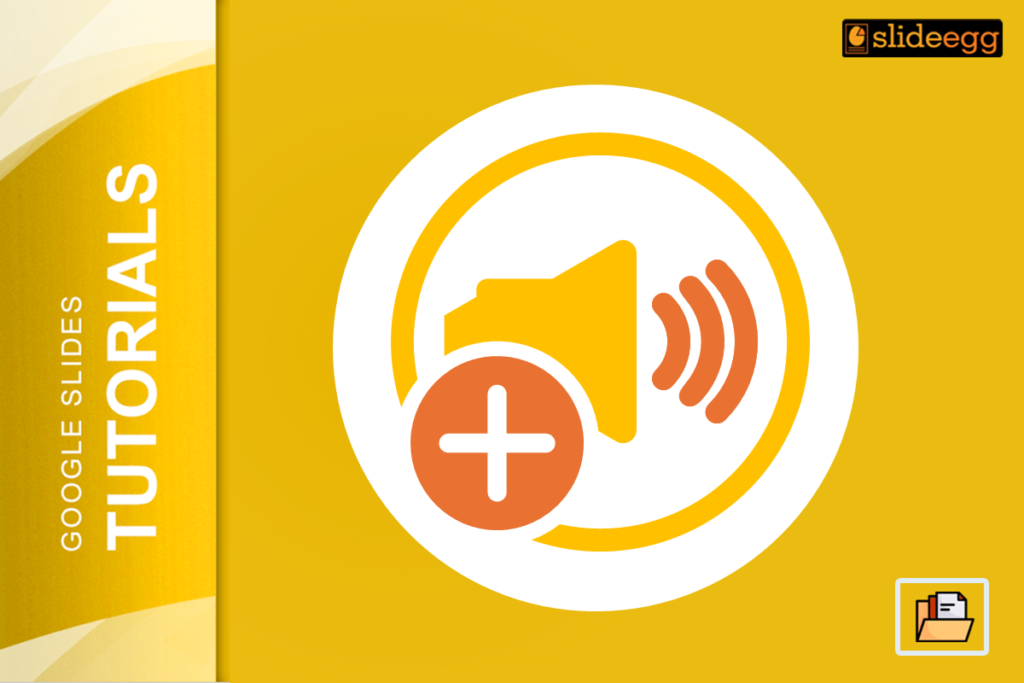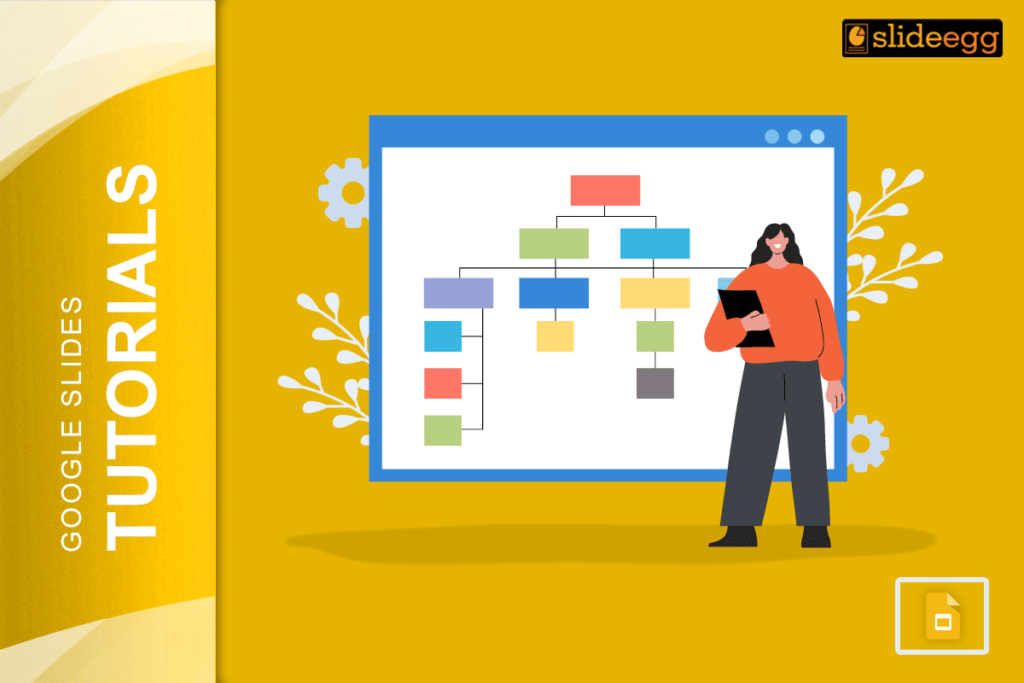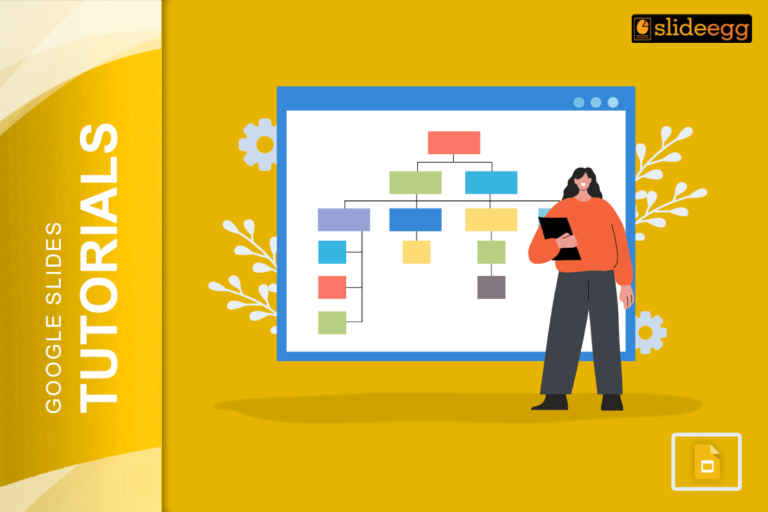Presentations are one of the best ways to get your message across as pitching an idea, teaching a lesson, or telling a story. While images are pretty much a requirement, audio makes any Google Slides presentation come alive. Adding audio on Google Slides itself is super easy. We break it down step by step so you can do it yourself with as little detail as possible so you do not have to be a tech wizard. So, are you ready to give that creative push to your presentation? Then, here we go.
Why Add Audio to Google Slides?
Adding an audio feature to your slides really adds some life and information to your slides-from background music and narration to just sound effects. Audio heightens the experience for those listening to your slides, especially if you are presenting remotely or having your slides aid users in learning at their own pace. It adds a professional look that is more refined and polished to the slides.
Adding Audio in Google Slides
Here is a quick procedure on how you can insert audio in your Google Slide show.
Step 1: Prepare Your Audio File
Audio preparation will be needed in case you use audio in your slides. Google Slides accepts audio file types only as MP3 or WAV. And, you may record a voice-over through recording software or record audibly from a mobile phone and then save it on Google Drive once you’re done.
Pro Tip: Name your audio file. This way, if you have multiple audio files, you’ll know which goes with which slide. And you’ll store everything nicely.
Step 2: Add Audio to Google Slides
- Open your Google Slides and click on the slide you want to add audio to.
- Click on the Insert icon in the menu at the top.
- Choose ‘Audio’ from the dropdown.
- Now you can see a window where you can view all of your audio files in Google Drive.
- Click ‘Select’ and your audio file should now appear as a small speaker icon in your slide.
Step 3: Change Audio Playback Options
As soon as you add an audio into your slide you have options related to that audio file.
- Automatic or On-click Playback: You can set the audio to play automatically when the slide appears or when you click on the speaker icon.
- Loop or Stop: If your audio file is short and you want it to play repeatedly, you can enable the loop feature.
- Volume Control: Set the volume of the audio so it doesn’t overpower your presentation but is still audible.
All of these are located at this speaker icon. Scroll down on your toolbar at the end, and click on ‘format options.’
Step 4: Position and Style the Audio Icon
The default audio icon is a small speaker. Feel free to drag this anywhere on your slide. If you like, you can make the icon smaller, or place it far enough off to the side of your slide that it won’t get in the way.
Tips for Using Audio in Google Slides
Audio is sure to add a lot of flavor to your presentation. Here are a few tips on how you can ensure its effective use:
- Relevance: Ensure that the narrations or background music have real relevance to enhance your presentation instead of including them there for the sake of it. Do not include audio in a presentation just to fill in the gaps or to make it sound good.
- Test Before Presenting: Always test the audio before you present to ensure everything works as expected.
- Use Background Music Sparingly: Music can set the mood, but definitely not above your content. Keep it subtle and at a low volume.
Conclusion:
Adding sound to Google Slides is the quickest way to get pumped up within your presentation. Do you use narration of the scene, background sound effects, or just music? Follow these simple steps and make your next presentation even better. Check out our tips and tricks page for more expert hacks! Browse for our Google Slides themes to give your presentation a professional look.







